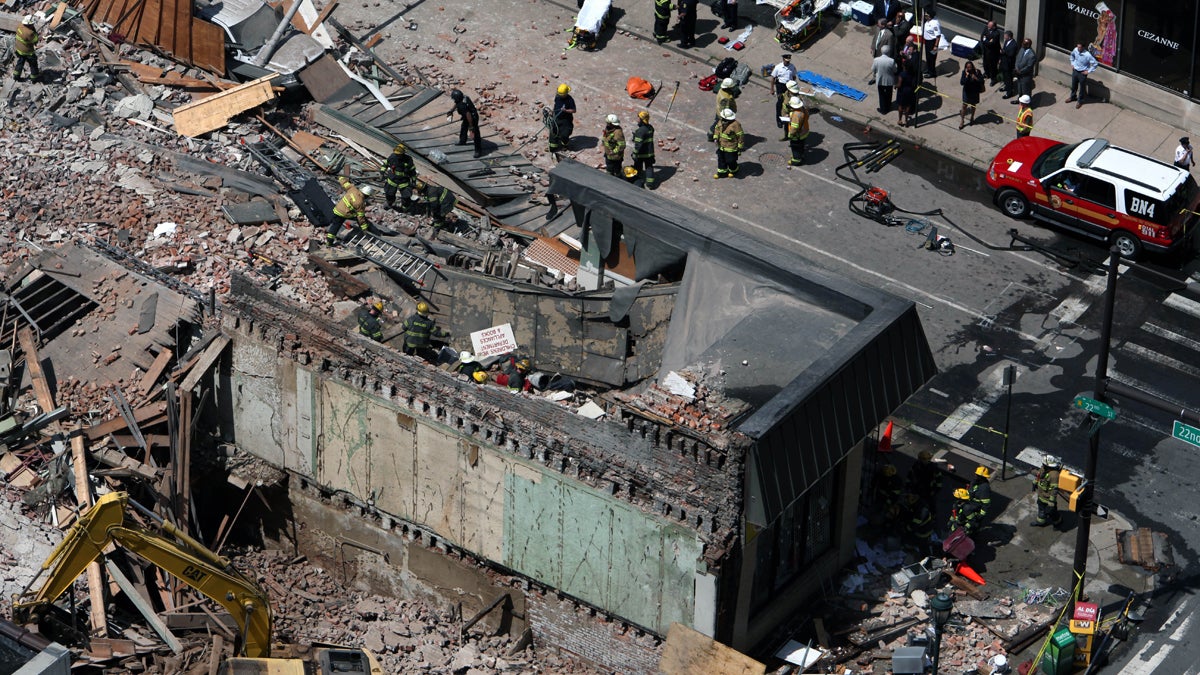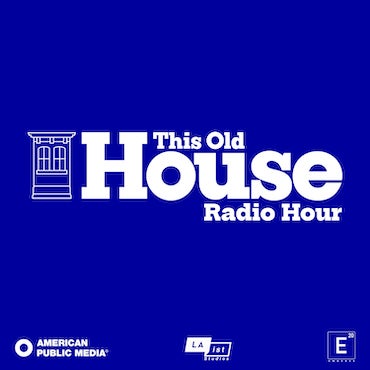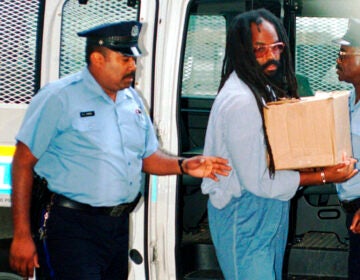‘Entirely preventable’ 2013 collapse no fault of building’s owner, attorney says
Listen
Aftermath of June 5
Thomas Sprague didn’t waste any time. Minutes into his opening statement Tuesday, the veteran defense attorney agreed with opposing lawyers. The deadly building collapse in Center City that killed six people in 2013, he said, was “entirely preventable.”
With one caveat; his client, building owner and wealthy real estate developer Richard Basciano, bears none of the blame, Sprague said.
Instead, Sprague said three co-defendants should be held financially responsible for a freestanding wall crushing a busy Salvation Army Thrift Store at 22nd and Market streets as the property was being demolished.
Sprague told jurors that Basciano, 91, was largely removed from day-to-day decisions. He left those to project architect Plato Marinakos, whom Basciano hired to be his “eyes and ears” on the ground.
In his role, Sprague said Marinakos pulled necessary demolition permits, but also chose a demolition contractor Griffin Campbell to bring down the Hoagie City building that later collapsed, as well four other properties on Market Street.
The buildings were being demolished to make way for a “dream” gateway project featuring a pair of sparkling towers planned to rise between City Hall and 30th Street Station.
Sprague said Basciano didn’t know that Campbell was an inexperienced demolition contractor whose only previous experience involved taking down a pair of burned-out row homes in North Philadelphia.
In fact, Sprague said, Basciano thought quite the opposite, primarily because Marinakos told his client via email that Campbell had “a lot” of experience and that he was his “first choice” for the Market Street job.
Sprague also told jurors that Basciano didn’t make any decisions about how the Hoagie City building was demolished — what’s known in demolition parlance as the means and methods.
“That was left to the professionals,” said Sprague, referring to Campbell.
That included hiring excavator operator Sean Benschop to help tear down the rest of the building on June 2, three days before the collapse. Until then, crews were demolishing the property by hand, which demolition experts say is the correct and only safe method for such a project.
Marinakos has previously testified that he stopped by the site the night before the collapse and was shocked to see the unsupported wall. He has said he told Campbell the wall had to come down immediately and that Campbell assured him it would.
Sprague said Basciano was never told about the wall and that he would have “shut it down” if Marinakos had called him that night.
Campbell and Benschop are both serving jail sentences; Benschop pleaded guilty to involuntary manslaughter and aggravated assault while a jury convicted Campbell of the same offenses.
Finger pointing ensues
In his opening statement, Campbell’s lawyer, Brian Worley, said his client relied on Marinakos to “guide him” through the demolition project, the first commercial buildings he was hired to take down. What’s more, Marinakos, not Campbell controlled the means and methods of demolition, Worley said.
To support his argument, Worley told jurors that Campbell was literally left out of all conversations about the building. Neither his email address nor his phone number is found in any electronic correspondences. He also wasn’t part of at least one conference call set up to discuss the demolition.
On Tuesday afternoon, Marinakos’ lawyer, Neil Clain, said his client wasn’t pulling the strings, especially when it came to Benschop, who was chipping away at the building’s eastern wall when it collapsed.
That was all Campbell, said Clain.
“None of them is going to say that Mr. Marinakos directed, approved or even knew about what Mr. Benschop was doing at the controls of that excavator that morning of June 5, 2013,” said Clain.
Lawyers for the Salvation Army were slated to deliver opening statements Tuesday afternoon.
On Monday, Robert Mongeluzzi, lead attorney for the victims, argued that Basciano, Marinakos and Campbell were all directly responsible for the collapse, one of the city’s deadliest days. He said they knew all along that the decisions they made were putting lives at risk, but that they still never changed course.
“This was no accident,” said Mongeluzzi. “The tragedy of this horror … was it was expected and it was predicted.”
Witness testimony is expected to start Wednesday. More than 200 witnesses could take the stand, according to court documents.
WHYY is your source for fact-based, in-depth journalism and information. As a nonprofit organization, we rely on financial support from readers like you. Please give today.





